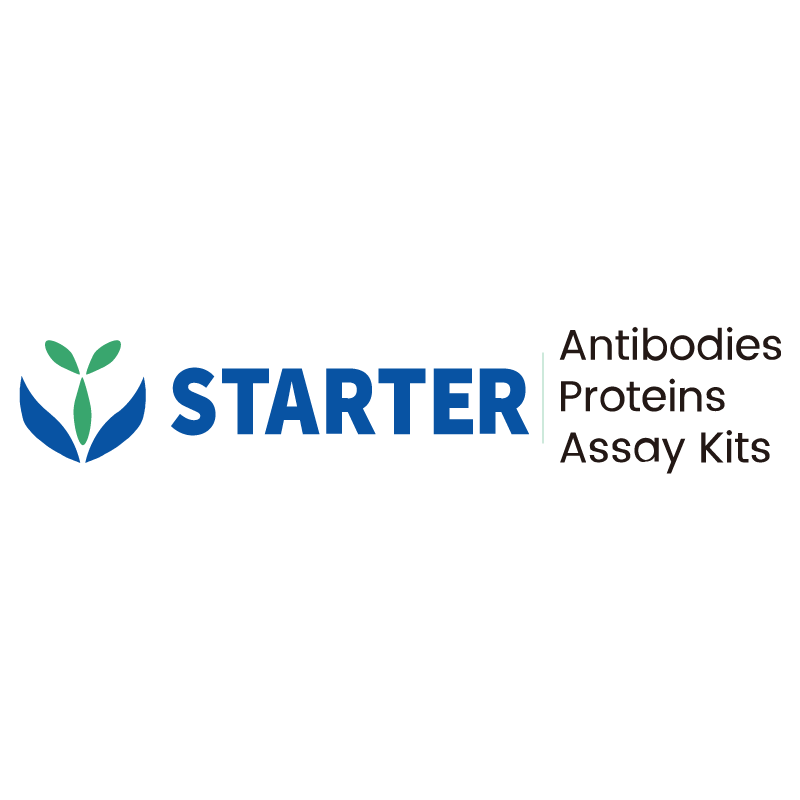WB result of OX40L/TNFSF4/CD252 Recombinant Rabbit mAb
Primary antibody: OX40L/TNFSF4/CD252 Recombinant Rabbit mAb at 1/1000 dilution
Lane 1: Raji whole cell lysate 20 µg
Lane 2: HUVEC whole cell lysate 20 µg
Negative control: Raji whole cell lysate
Secondary antibody: Goat Anti-Rabbit IgG, (H+L), HRP conjugated at 1/10000 dilution Predicted MW: 21 kDa
Observed MW: 30 kDa
Product Details
Product Details
Product Specification
| Host | Rabbit |
| Antigen | OX40L/TNFSF4/CD252 |
| Synonyms | Tumor necrosis factor ligand superfamily member 4; Glycoprotein Gp34; OX40 ligand; TAX transcriptionally-activated glycoprotein 1; TXGP1 |
| Immunogen | Recombinant Protein |
| Location | Membrane |
| Accession | P23510 |
| Clone Number | S-1337-18 |
| Antibody Type | Recombinant mAb |
| Isotype | IgG |
| Application | WB |
| Reactivity | Hu |
| Positive Sample | HUVEC |
| Purification | Protein A |
| Concentration | 1 mg/ml |
| Conjugation | Unconjugated |
| Physical Appearance | Liquid |
| Storage Buffer | PBS, 40% Glycerol, 0.05% BSA, 0.03% Proclin 300 |
| Stability & Storage | 12 months from date of receipt / reconstitution, -20 °C as supplied |
Dilution
| application | dilution | species |
| WB | 1:1000 | Hu |
Background
OX40L, also known as CD252, TNFSF4, or gp34, is a type II membrane protein that serves as the ligand for OX40 (CD134), a member of the tumor necrosis factor receptor (TNFR) superfamily. OX40L primarily expressed on antigen-presenting cells (APCs) such as dendritic cells, B cells, and macrophages, binds to OX40 on activated T cells, enhancing their activation, proliferation, and survival. The OX40-OX40L interaction can promote the production of various cytokines and enhance the effector functions of T cells, contributing to immune responses against pathogens and tumor. OX40 signaling can influence the differentiation and function of various T cell subsets, including Th1, Th2, Th17, Tfh, and regulatory T cells (Tregs). Its role in enhancing T cell responses makes it a target for cancer immunotherapy. Agonistic antibodies targeting OX40 are being developed to stimulate T cell responses against tumors. In conditions like rheumatoid arthritis, multiple sclerosis, and inflammatory bowel disease, the OX40-OX40L interaction contributes to the pathogenesis by promoting inflammatory T cell responses. The OX40-OX40L pathway also plays a role in transplant rejection and graft-versus-host disease (GVHD), making it a potential target for therapeutic intervention in transplantation medicine.
Picture
Picture
Western Blot


